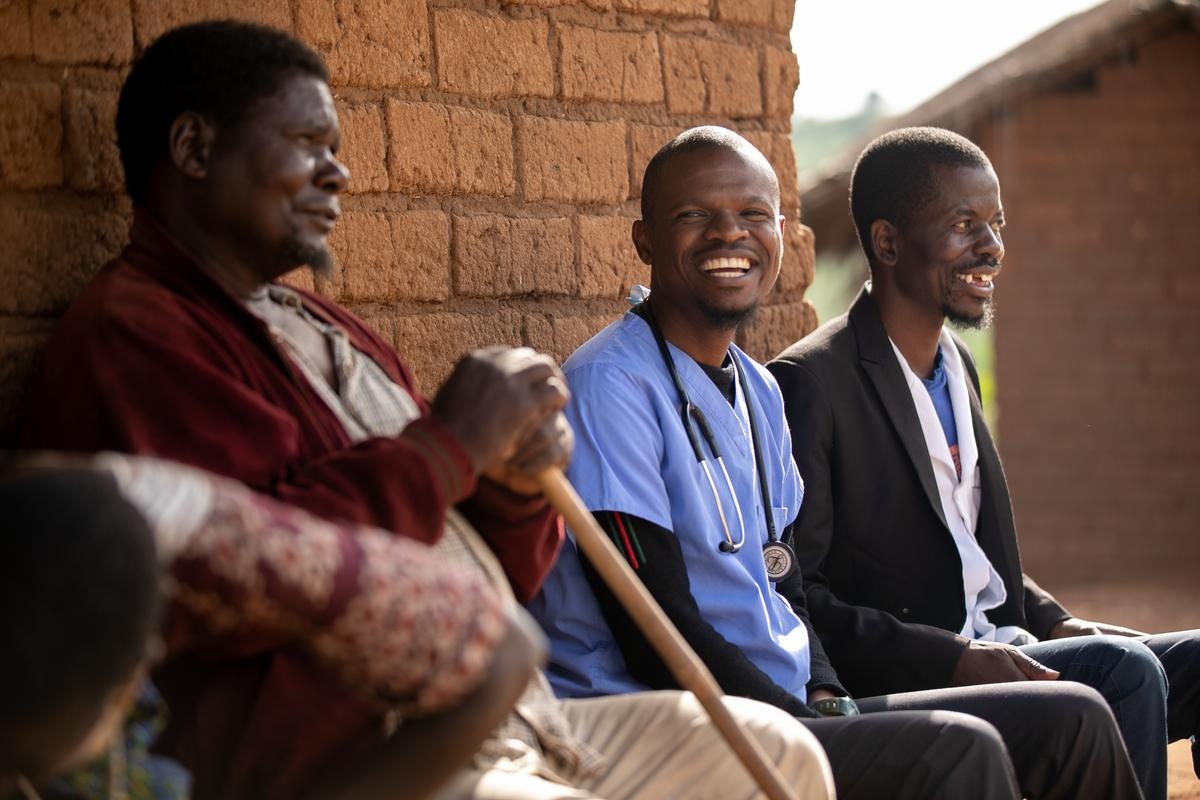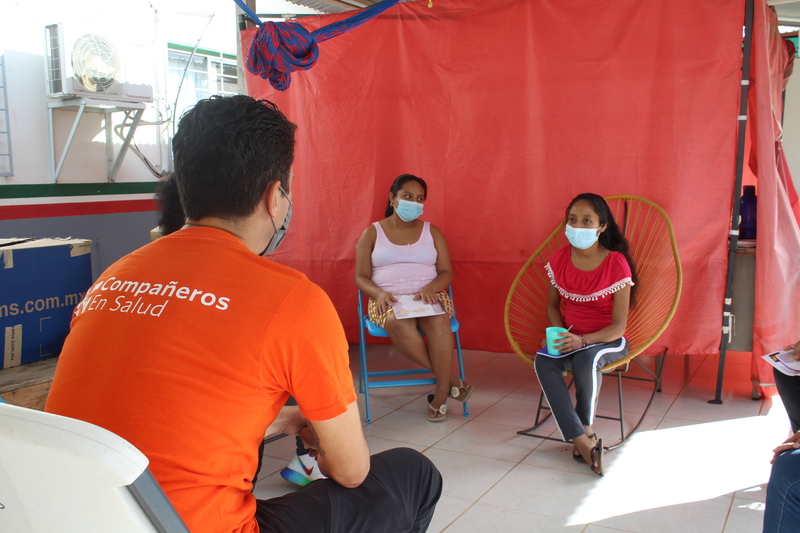Social Medicine: What Is It and Why Does It Matter?
A deeper look at the concept driving PIH’s work around the world
Posted on Jan 26, 2024

Globally, 94% of maternal deaths occur in low- and middle-income countries.
A woman in Sierra Leone, for example, has a 1 in 52 lifetime risk of dying in pregnancy or childbirth, compared to a 1 in 3,800 lifetime risk in the United States.
Such health disparities cannot be explained by medicine alone.
That’s according to social medicine, an approach that has its roots in Latin America and focuses on how social forces and disparities affect health outcomes.
It’s essentially a marriage of medicine and social sciences, and it’s core to Partners In Health’s work around the world, from training hundreds of local residents to provide care in their communities to connecting patients with food, housing, and other essentials.
But, despite its staying power, this concept is lesser-known outside of global health. Even then, it isn’t typically part of medical school curriculums, let alone taught to non-clinical audiences.
So, if you’re lost on what social medicine means, or need a refresher, here are a few facts to get you up to speed:
What Is Social Medicine?
Social medicine has had many definitions over the years. But the approach, in a nutshell, is based on the idea that social forces affect our health and lead to health inequities. Social medicine, as Dr. Michelle Morse, PIH board member and former deputy chief medical officer, once put it, seeks to understand the root causes of these inequities and to take action to change them.
In other words, the biomedical approaches typically taught in a med school classroom, such as reviewing a patient’s medical history in order to help treat a specific illness, are important, but not always sufficient in understanding health inequities. Social forces must also be taken into account. These social forces—such as language, culture, housing, immigration status, and income level—are often called “social determinants of health” and provide crucial insight into a patient’s health needs.
For example, maternal mortality rates are high in the rural, coffee-growing Sierra Madre region of Chiapas, Mexico. But the causes run deeper than a patient’s medical history. There are only 4 ambulances in the communities where PIH works. Reaching the nearest hospital can take hours of traveling via dirt roads prone to flooding during the rainy season. And Chiapas has a history of obstetric violence—clinicians ignoring or even abusing women in labor—leading to distrust of the health system and fewer women seeking facility-based deliveries.

Why does social medicine matter?
Social medicine is crucial to achieving health equity and combating inequities in health care, which have been documented to worsen health outcomes. Also, by widening the focus from an individual patient to health systems and social forces, social medicine reduces the risk of patients being blamed for their health problems and helps clinicians more effectively link them to care and essential resources suited to their needs. Further, the approach encourages health staff to get out of the clinic and into the community, building relationships and expanding awareness of and access to care.
What are some ways that social medicine guides PIH’s work?
In all 11 countries where PIH works, community health workers are a “first line of the practice of social medicine,” as Morse puts it. These workers are locals, hired from the communities where they work and trained to provide basic health services, such as delivering medications to patients at home, accompanying them to the clinic, and spreading the word about public health efforts such as vaccination campaigns.
Such efforts are especially crucial in communities where social factors like language, geography, or distrust of the health system might deter patients from seeking care on their own or even knowing about their care options. In Chiapas, for example, maternal health workers proactively go into communities to find pregnant women and encourage them to come to Casa Materna, a PIH-supported birthing center providing dignified care, with the goal of reducing maternal mortality.

